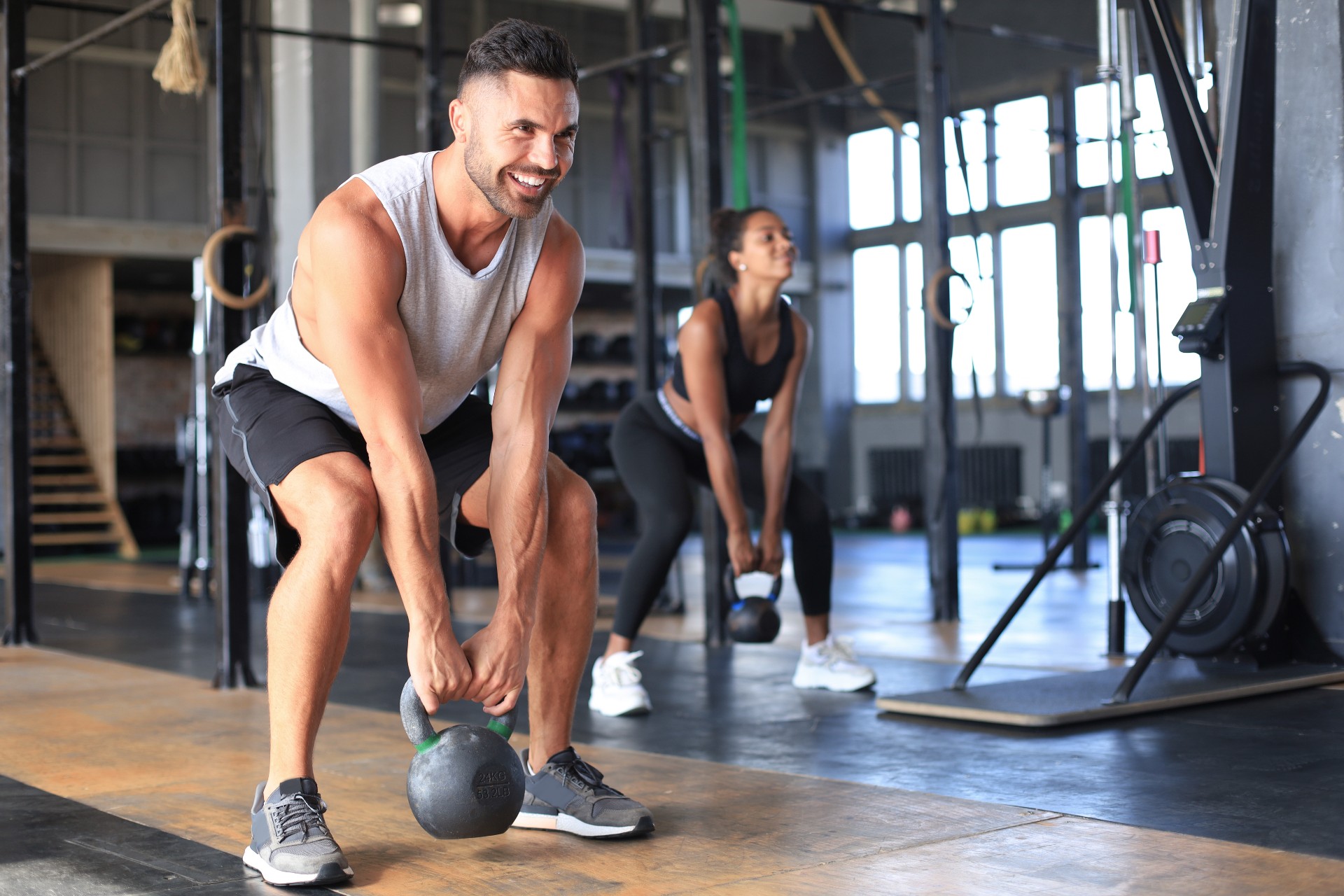As with most things that are important for health, there is no quick fix when it comes to exercise. You must put in the work, and you must do the right kinds of exercise. Before I dive into the topic of exercise and how to create a well-rounded exercise routine, let me tell you about Marie.
Marie, when I met her, was in her mid 50s. We had both moved to Manila at the same time and met at a Tagalog language class. Both of us were trailing spouses with sons in the same class. Besides the one son in high school, Marie had 3 older children back in the U.S. And Marie had a mother back home who was suffering from Alzheimer’s disease.
Witnessing her mother’s gradual decline had triggered Marie’s motivation for taking charge of her health. She was going to do whatever it would take to avoid the same fate. The way she put it was: “I want to be able to go for a hike with my children and grandchildren when I am in my eighties. Not having them visit what’s left of me in an old-age home.”
And true to her word, Marie took charge. She changed her diet and upped her physical activity level. She was the first to sign up for our adventurous, Philippines mountain hikes, enroll in an aerial yoga class, try out different forms of exercise and you could find her in the gym most mornings.
We have both since moved away from Manila but recently Marie announced on our WhatsApp group that she had taken a big step and completed a personal trainer certification program. She is now, at age 60, helping others get fit and healthy.
As a Functional Nutritionist a lot of my education and research has been focused on the role of nutrition in personalized, holistic health care. There is no doubt in my mind that what you eat influences how well you feel, and that food has enormous healing power. But I am also very aware that it is not the only thing that matters. Exercise, sleep, mindset, stress management, relationships, exposure to nature are some of the other key components in achieving true health and wellbeing.
Out of those exercise has some of the strongest research evidence for its ability to promote health and longevity and prevent age-related diseases ranging from diabetes, cardiovascular disease to Alzheimer’s. From boosting the immune system, moods, brain function, heart health, metabolic health, gut health, mitochondrial health, sleep, and muscle mass, exercise holds many keys to longevity and an increase in life- and health span.
Marie is clearly on to something. By spending a good amount of her time exercising, she has significantly increased her odds of defying the neurodegenerative condition that runs in her family.
When it comes to the reaping the full benefits of exercise, there are a few key components to consider: strength, cardiorespiratory fitness, and stability. Here I must admit that I personally have been a late adopter. Yoga has been my choice of exercise for around 20 years now. And yoga can provide all the key components, when done right. However, over the years my yoga practice became more centered on breath work, mantra, and meditation. I did do some strength training but never very consistently.
A few years ago, coinciding with the onset of menopause and a noticeable new layer of fat tissue all over my body, my son invited me to go for a jog with him around the block. I lasted 30 seconds before being completely out of breath. That was the (embarrassing) moment I realized that all my healthy eating, breath work, and meditation were not nearly enough to set me up for health and longevity. I needed to drastically improve my cardiovascular fitness level.
Fast forward to today, I am in a much better place. I have a much better understanding of what it takes to be fit, strong, and flexible and am working hard at it. I also realize that exercise takes active commitment, time, and structure. And a good mix of different types of exercise to achieve optimal results.
Here are the proven elements that make up a well-rounded exercise routine:
1. Strength / resistance training
Strength training with the help of weights or using your own body weight and resistance bands is vital for building muscle mass. As we get older, starting in our thirties, we begin to lose muscle mass. Unless we actively work on building and preserving muscle, we will become frailer as we age, and the risk of falling and breaking bones increases. Muscle mass is also associated with improved bone density. Aim for 3 times a week of strength training.
2. Cardiorespiratory fitness training
This includes different levels of intensity workouts, ranging from low level movement to steady endurance and high intensity or maximum aerobic effort. Of these there are two types of intensity workouts that have the biggest impact on cardiorespiratory fitness levels:
- Zone 2 workouts
These are longer duration endurance training sessions of 45-60 minutes at 70 – 80% of maximum heart rate capacity – 3-4 times a week. For example: uphill jogging, running, walking, stair climbing, swimming, cycling, or rowing. You’ll know you’re exercising at the right level when you can still talk in full sentences, but you prefer not to. Besides building endurance, this type of training improves metabolic – and mitochondrial health. Mitochondria are the energy factories inside our cells and damage to our mitochondria is one of the hallmarks of aging.
- VO2 Max workouts
VO2 max represents your body’s ability to use oxygen, which defines how aerobically fit you are. The best type of VO2 max workouts are higher effort workouts at a pace you can sustain for the duration of the effort, around 2-6 minutes. The high effort is followed by a same duration recovery. So, 4 minutes on and 4 minutes off, for about 4 to 6 times. You do this once or twice a week.
Shorter High Intensity Interval Training (HIIT) workouts– 30 seconds to 1 minutes with a shorter recovery time also help improve VO2 max. Examples are sprints, burpees, jump squats, mountain climbers, battle ropes. Like VO2 Max workouts, you do these types of sessions once or twice a week.
3. Stability training
With age comes a higher risk of injury due to falls and the older you are, the more difficult it is to recover from such injuries. Like with muscle mass and fitness, our stability and balance weaken as we grow older.
You can improve balance and stability through building muscle mass as discussed above. Additionally, you want to work on improving core strength, body awareness and using proper form and breath while exercising. A good personal trainer can do wonders. Yoga and Pilates are amazing practices to help with these elements. I credit my 20 years of yoga practice for giving me good core strength, great awareness of my body and breath and (which my trainer tells me) excellent form when working out.
Other options to consider are working with practitioners trained in Dynamic Neuromuscular Stabilization, a program specifically aimed at restoring functional stability or with Paul Chek certified trainers.
If it all sounds a bit overwhelming, here’s how I suggest approaching this: if you are a beginner, start slow, and ideally, work with a trainer who can guide you on how to exercise properly. Start, for example, by allocating 30 minutes a day – in the morning, during your lunch break, or after you get home. Or use the weekends. The idea is to commit and start, gradually adding components. If you’re already an avid exerciser, look at your current exercise routine and see what is missing: Are you getting in any stability training? What about strength? Zone2? Is there scope to add in a weekly VO2 max workout?
Let’s do this!
References:
Resistance Training is Medicine. Effects of Strength Training on Health
Effects of different running programs on VO2 max, percent fat, and plasma lipids
Dynamic neuromuscular stabilization & sports rehabilitation


